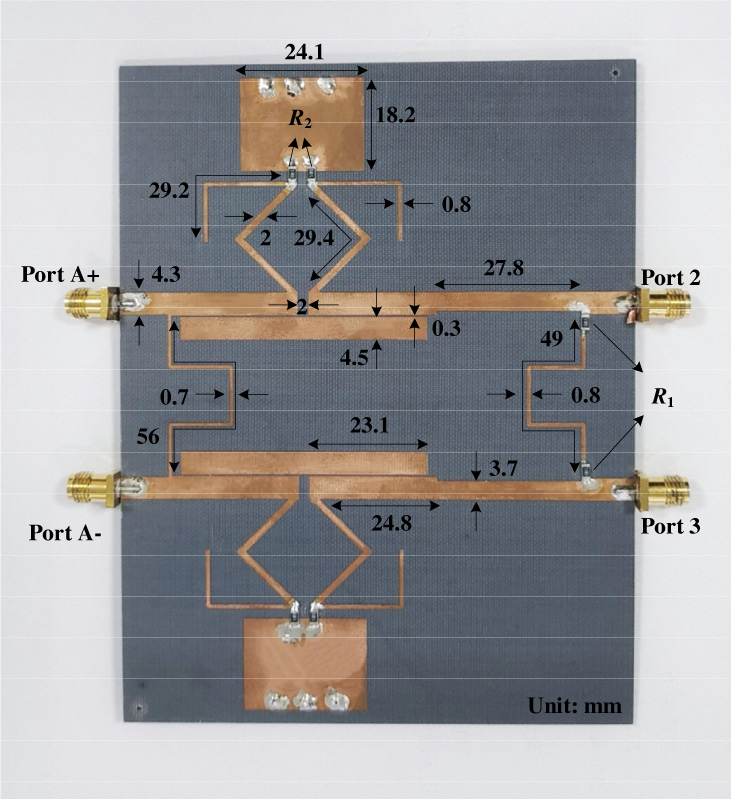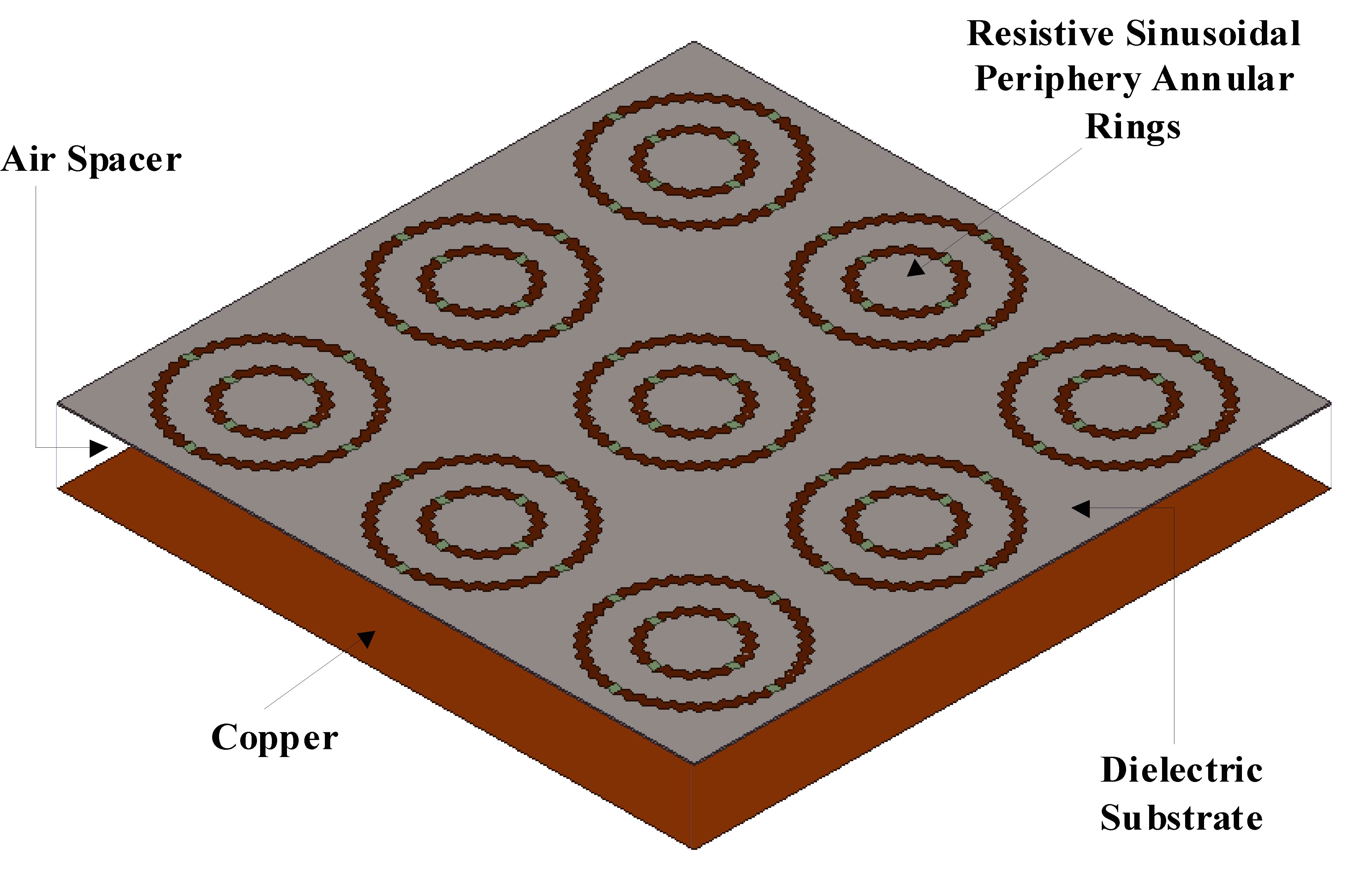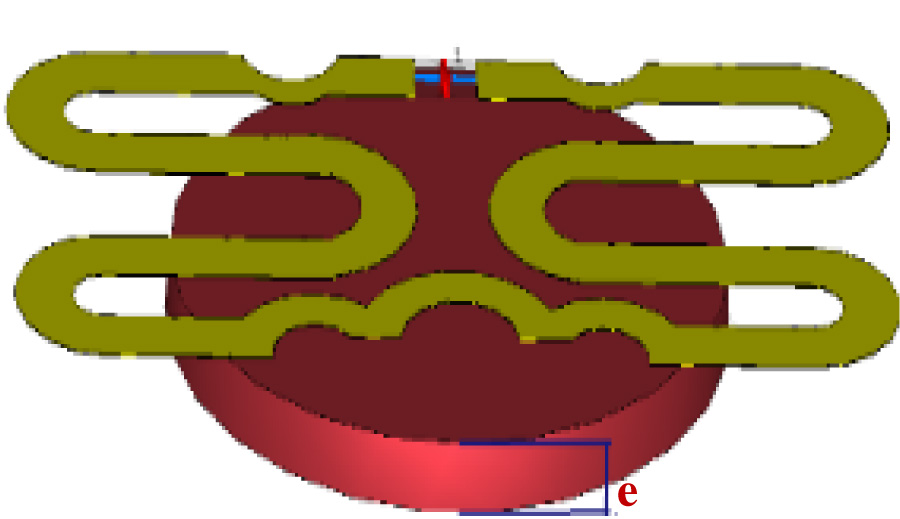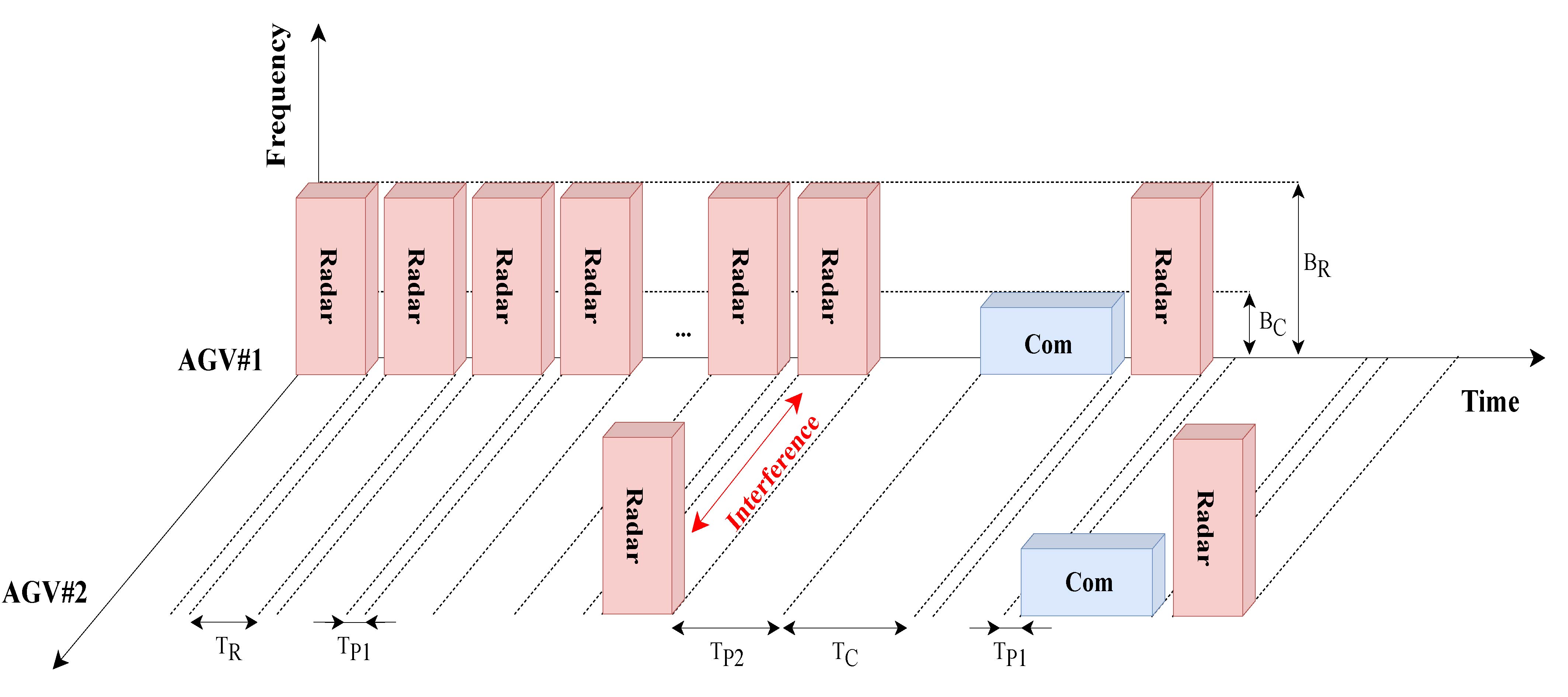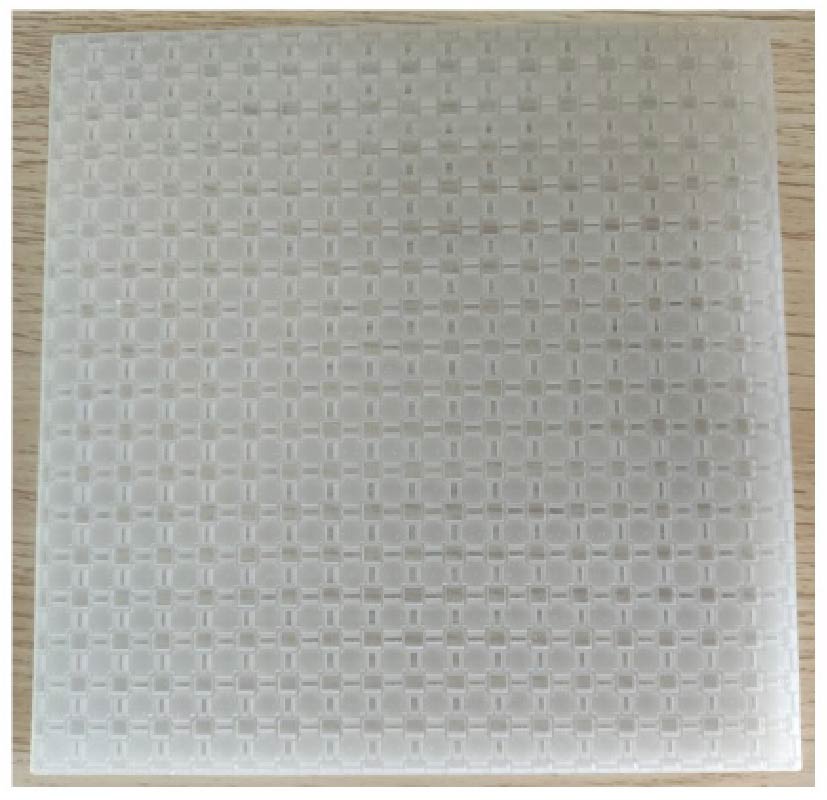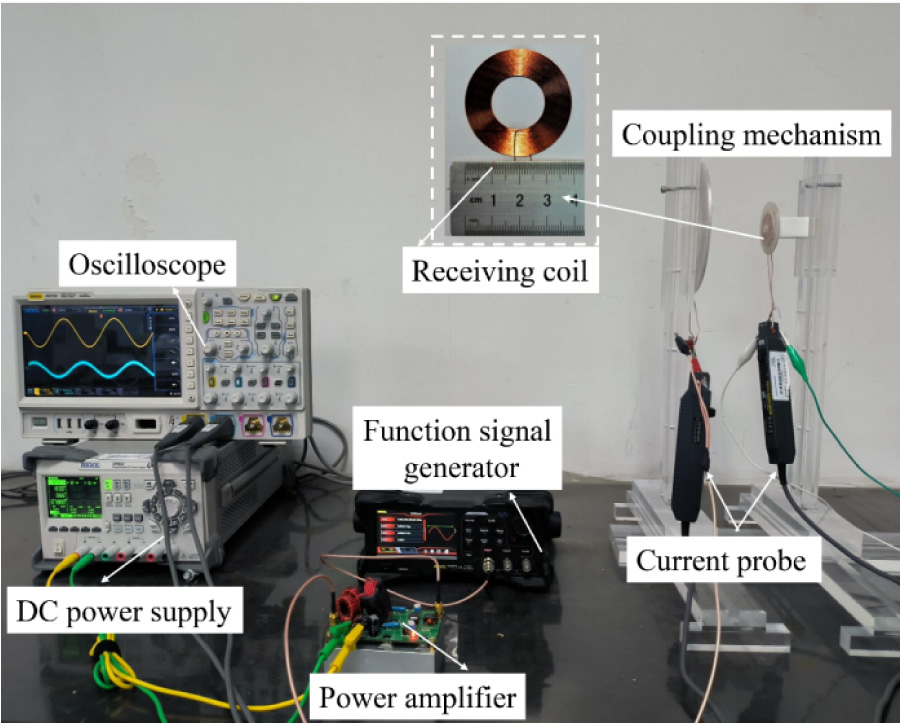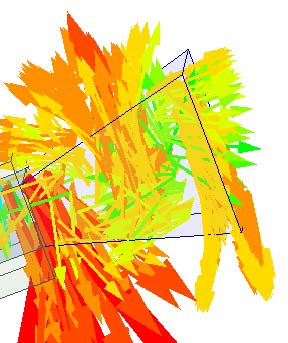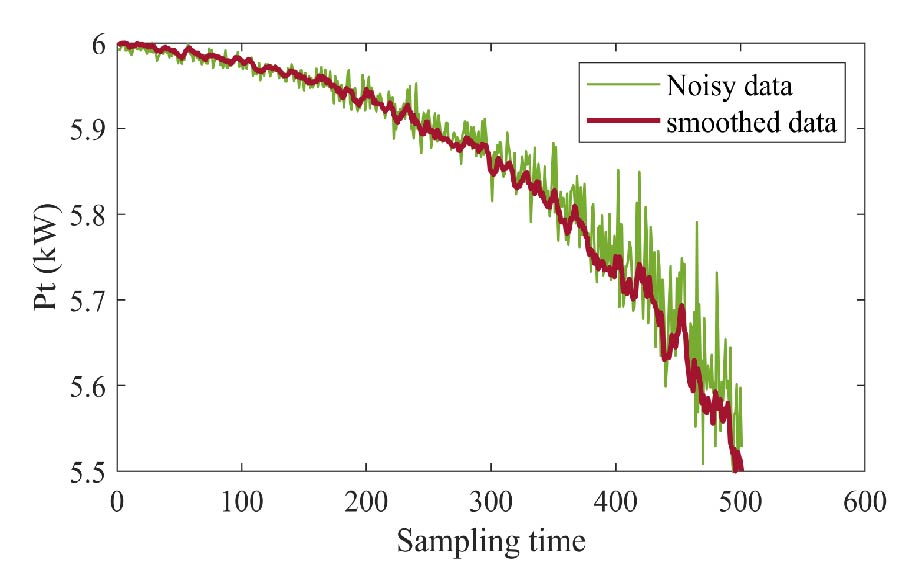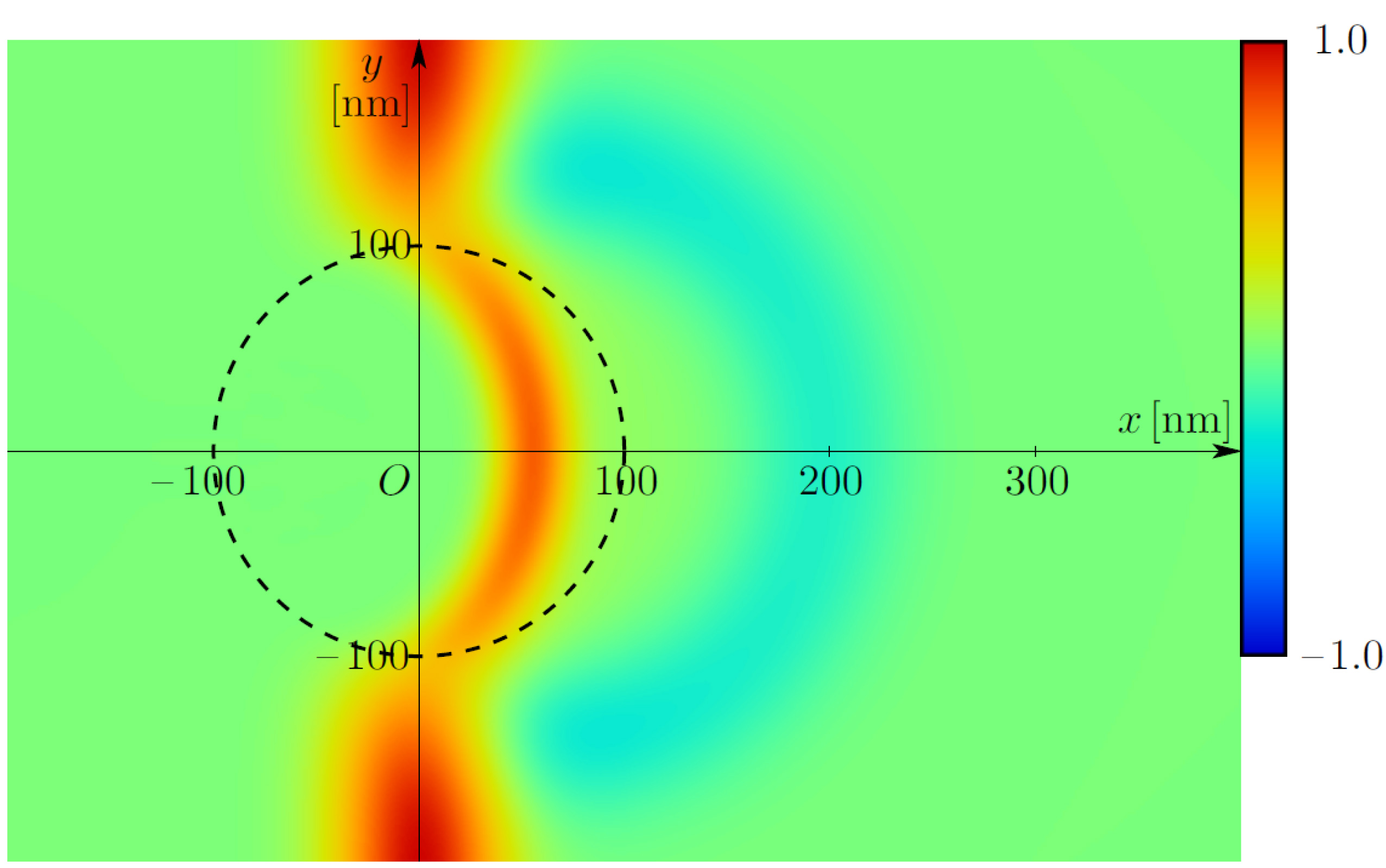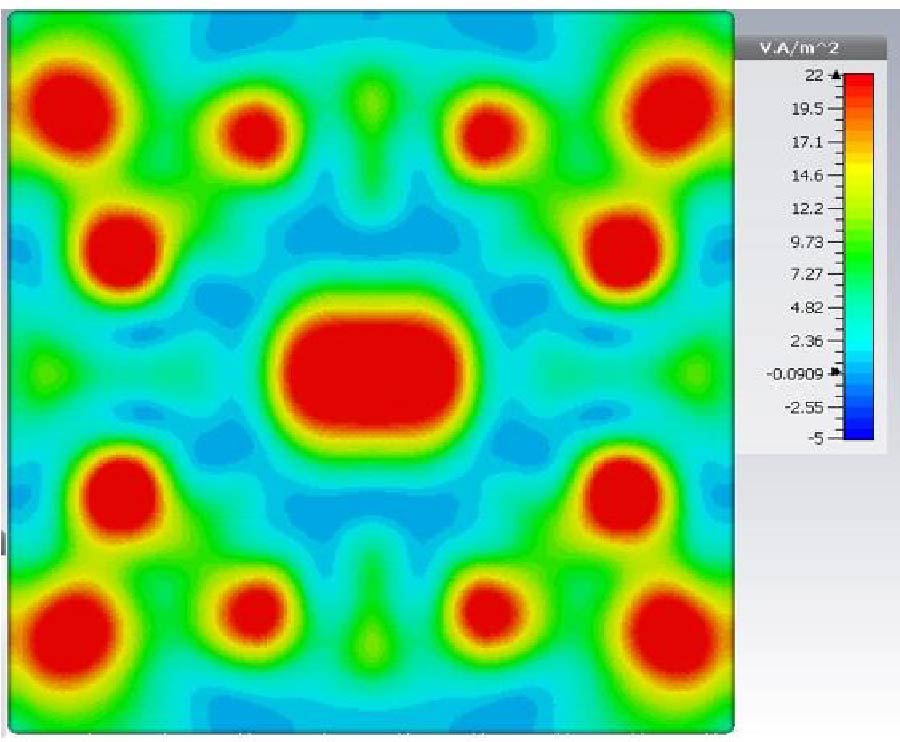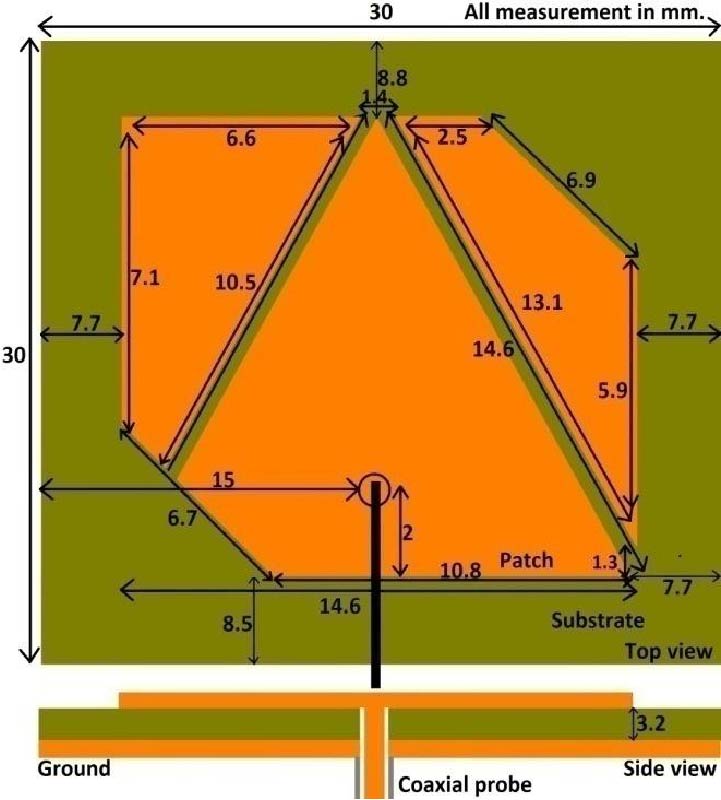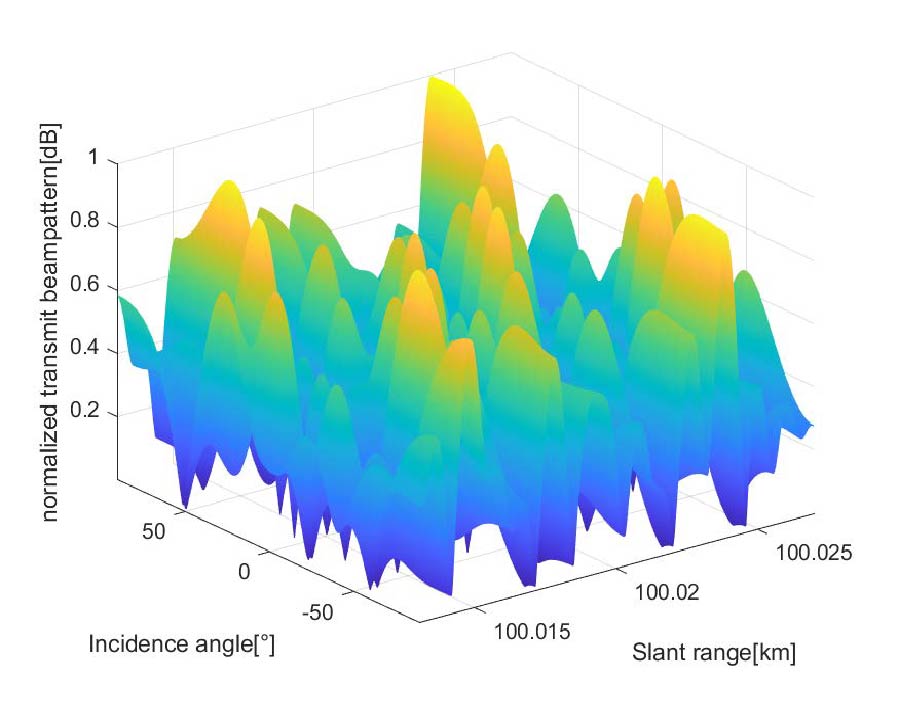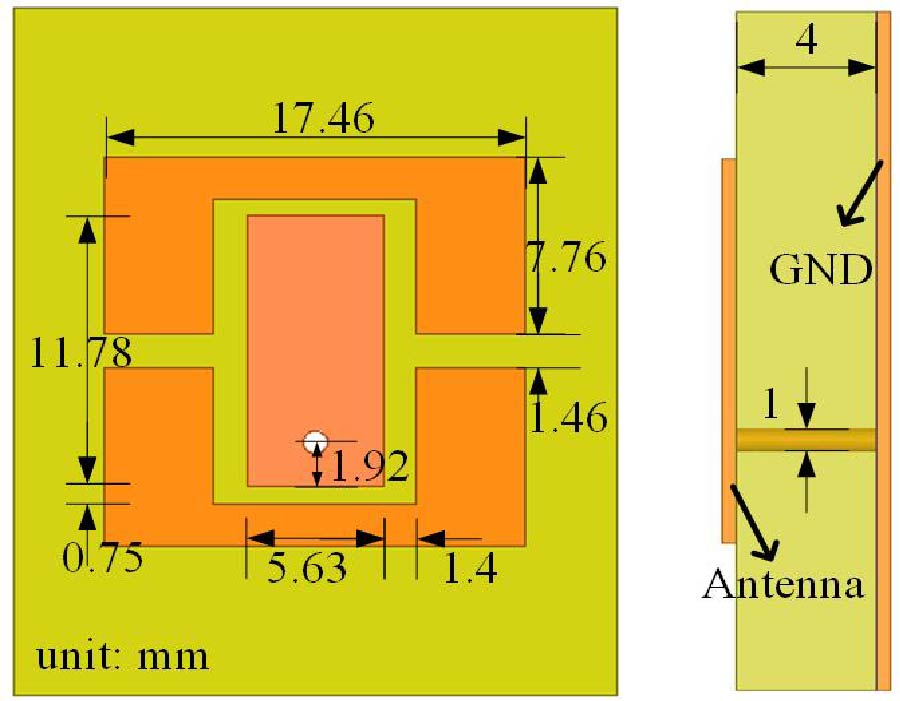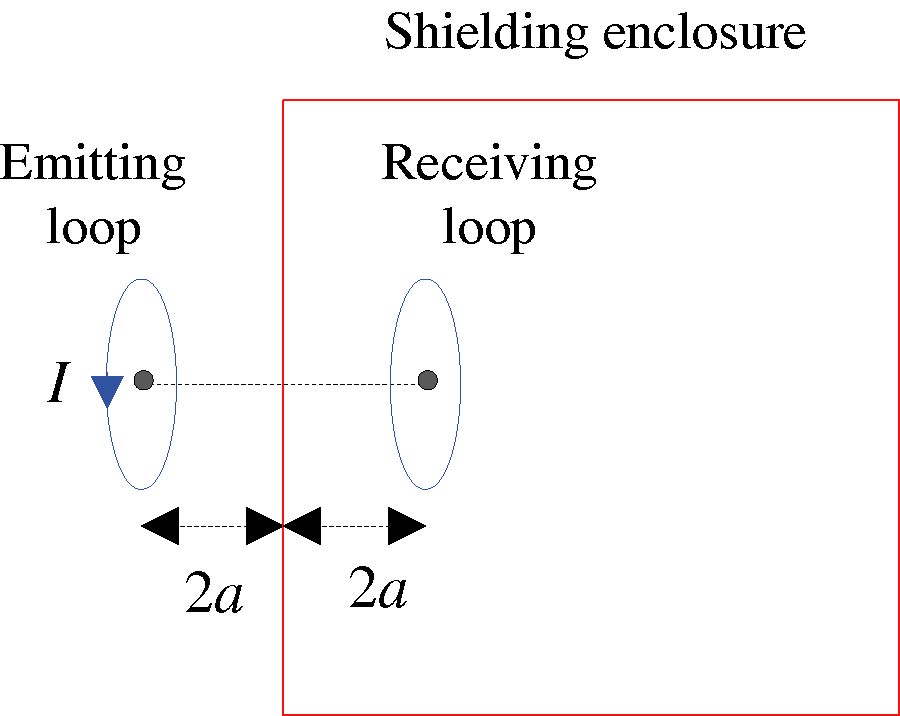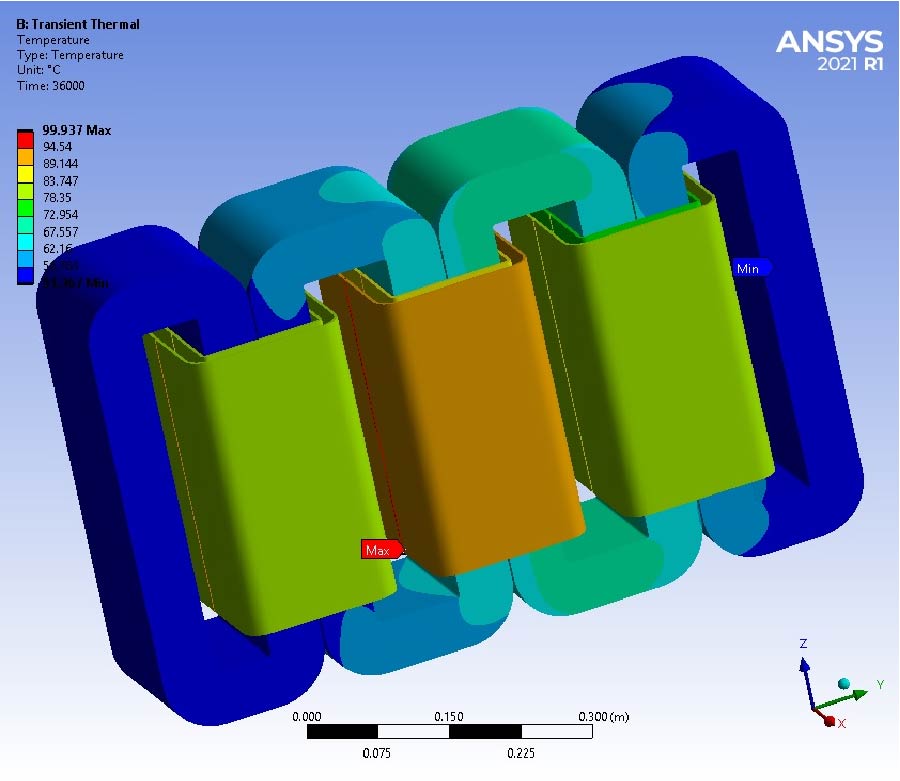2023-12-02 Latest Published
By Qi Chen
Huabin Zhang
Zhongbao Wang
Hongmei Liu
Shao-Jun Fang
Progress In Electromagnetics Research M, Vol. 121, 157-167, 2023
Abstract
A novel balanced-to-unbalanced (BTU) all-port reflectionless filtering power divider without loading additional absorptive branches at input and output ports is proposed in this paper. The proposed power divider includes two reflectionless filtering networks, four transmission lines, a phase inverter, and two isolation resistors. Unlike the existing filtering power dividers that require additional absorptive branches to be loaded at each port to achieve reflectionlessness at all ports, the proposed power divider achieves all-port reflectionlessness by embedding only two reflectionless filtering networks in the BTU power dividing circuit. Meanwhile, this reflectionless filtering network also introduces two transmission zeros located at the lower and upper sides of the passband, respectively, for high selectivity. To validate the proposed power divider topology, a 2.0-GHz BTU filtering power divider is designed and fabricated with a 3-dB filtering bandwidth of 40.1%. The 10-dB reflectionless bandwidth for the balanced port is 98.7% from 0.940 to 2.772 GHz and that for the unbalanced ports covers the entire measurement frequency from 0.5 to 3.5 GHz, achieving good all-port reflectionless characteristics.
